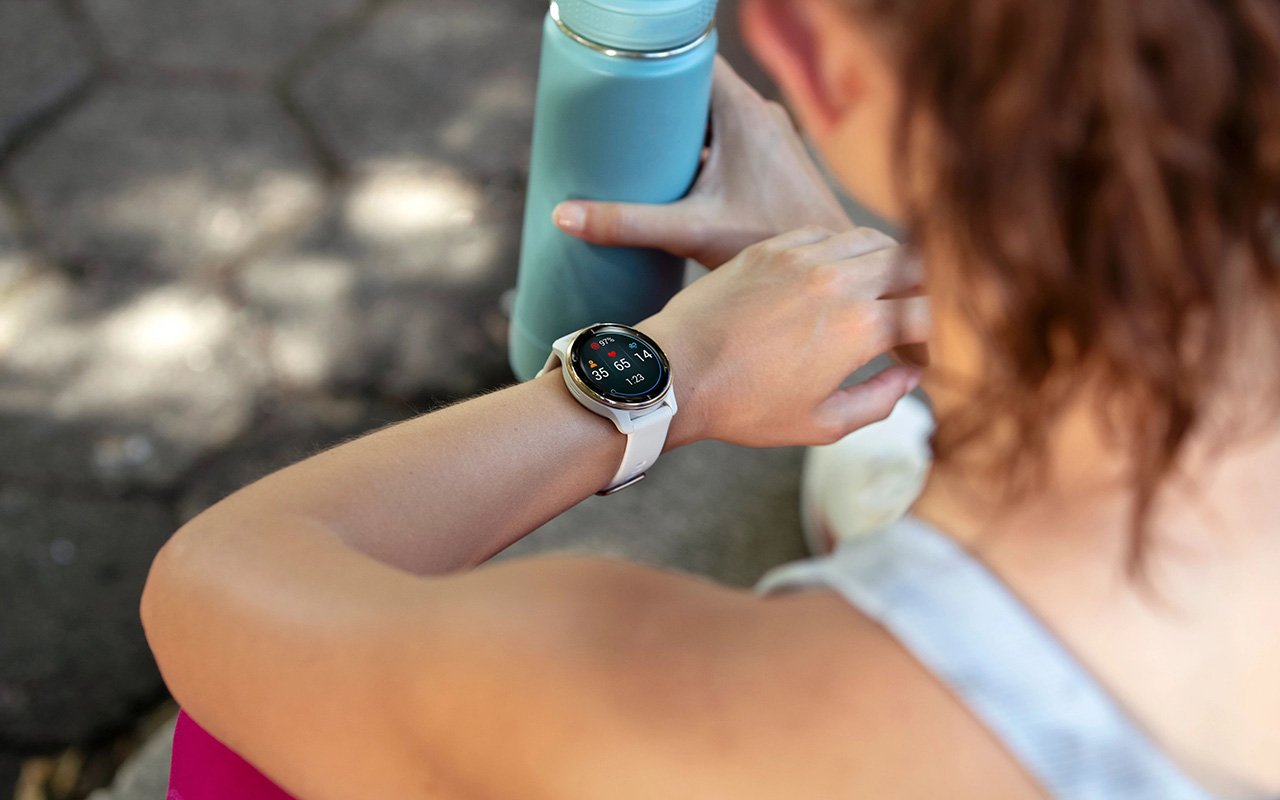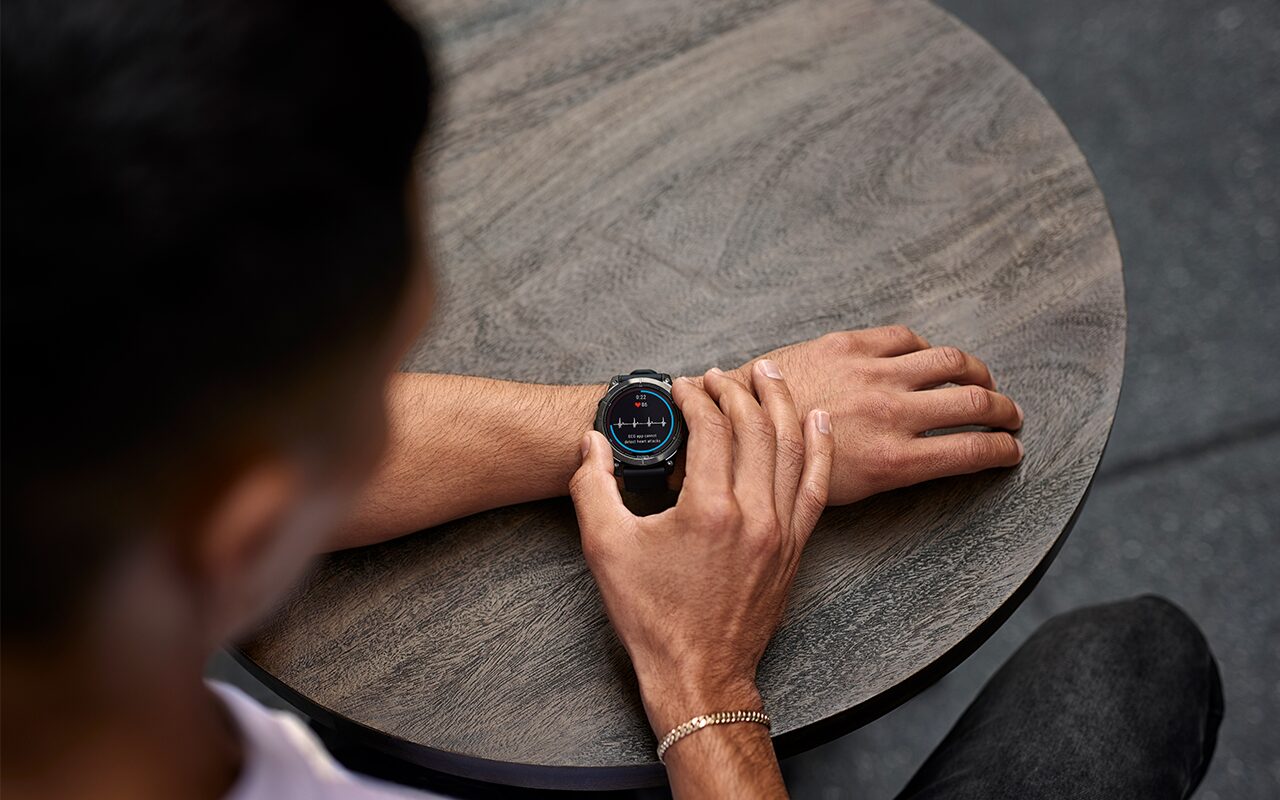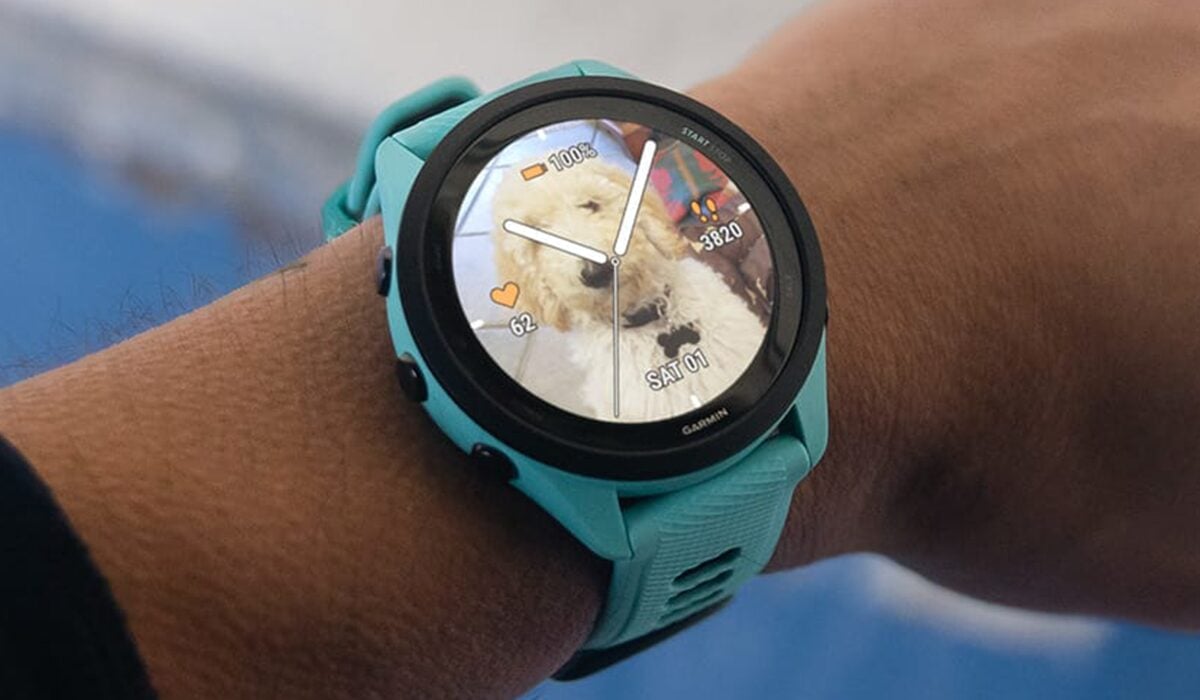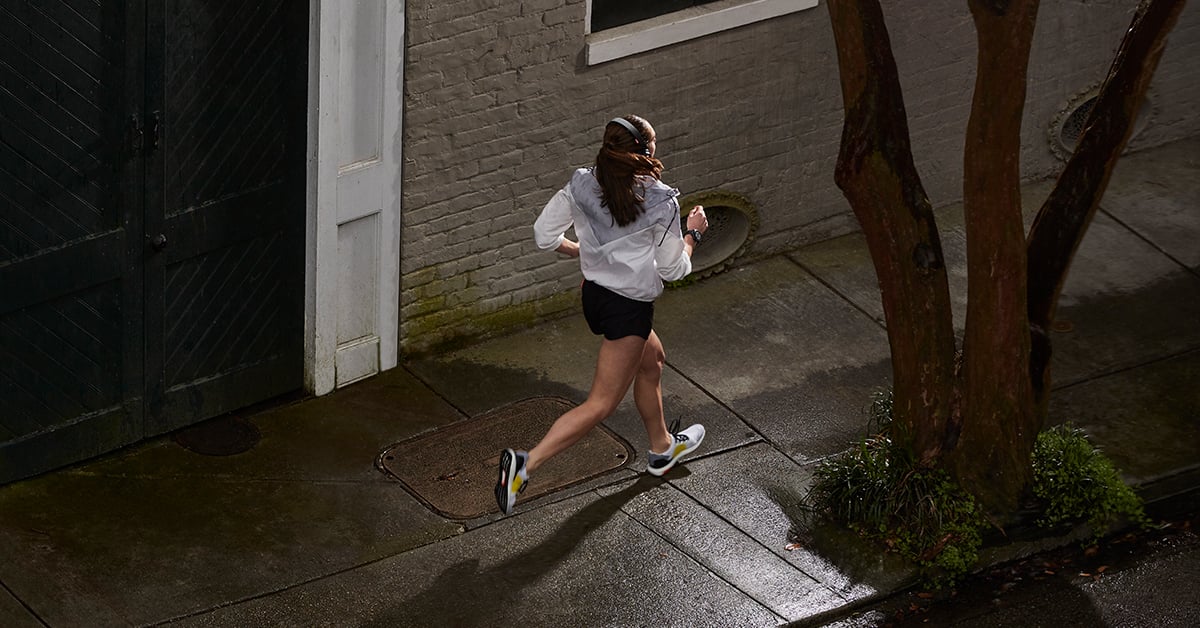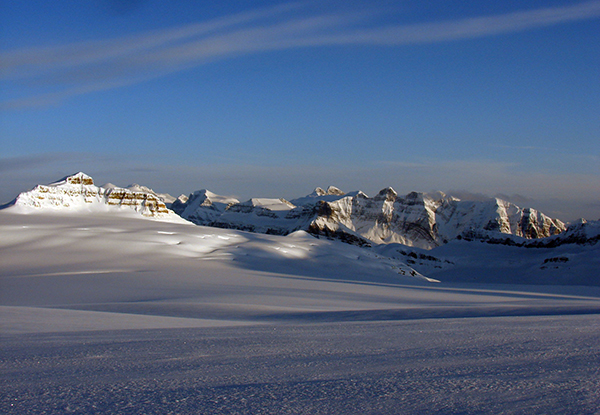
The Extra Mile: Garmin Senior Software Engineer Charlie Lee Tackles Elevation for a Distance PR
The start line for the Stagecoach Line 100-mile race cuts across a grassy field surrounded by ponderosa pine trees at Hotshot Ranch, just outside Flagstaff, Arizona. Despite the inevitable early morning start time required by ultra-race distances, the runners — at least those able to calm prerace jitters long enough to notice — are treated to an unobstructed view of Humphreys Peak, which, at an elevation of 12,633 feet, is the highest natural point in Arizona.
The sight of the mountain can be thrilling, but it’s also a forewarning of the mental and physical trial ahead. The course, made up of sections of the Arizona and Flagstaff trails, includes approximately 7,000 feet of climbing, with the toughest ascent in the first six miles. Starting at an elevation of 7,400 feet, the runners pass over a shoulder of Humphreys Peak to reach an elevation of 8,800 feet. They then continue through the high alpine meadows of the Hart Prairie Preserve, across the pinyon-juniper grasslands of Babbitt Ranches and along the Coconino Rim to the finish line at Tusayan, Arizona, near the entrance of the Grand Canyon National Park, situated at 6,600 feet.
Some of the route is the same as the one the historic stagecoach line used to bring tourists to marvel at the Grand Canyon at the turn of the twentieth century. Many of the race’s aid stations are located along this passage. But there’s one crucial difference from the previous mode of transportation. The runners must follow the single-track and two-track trails and forest dirt roads pocked by rocks and roots on foot for the entire 100 miles — and make it to the finish line before the 31-hour cutoff time.
The race has a reputation for being hard on beginners. So naturally, Garmin senior software engineer Charlie Lee, who loves new challenges, signed up for the 2019 race, held from Sept. 21–22, as his first 100-mile distance.
To be fair, it wasn’t a completely crazy idea. Charlie, based at the Chandler, Arizona, office, is an avid rock climber, scaling the many formations near Phoenix. He also enjoys hiking long distances, which requires him to carry a pack. As for running, he regularly goes out for a few miles and once a year he completes a marathon. He has also completed a 50K and a 60K race.
”This year I decided to focus on the running,” Charlie says. “I just wanted to go this distance, but I had no time expectation.”

Charlie waiting to start the race and trying to keep warm in the 45-degree morning temperature.
Charlie kept his training schedule flexible. He ramped up his mileage to 60 miles a week. Closer to the race date, he ran cycles of 60-, 70- and 80-mile weeks. The running took up a lot of his time.
“It felt like I had another job for a couple of months,” he says.
He asked for advice from a couple of friends who have run 100-mile ultra-distances and started listening to the podcast Science of Ultra.
As for his choice of race, Charlie wanted to stay close to home but felt the Javelina Jundred, which traverses the Sonoran Desert foothills of the McDowell Mountains outside of Phoenix, would be too hot. The temperatures for the Stagecoach 100 can range from 25 to 75 degrees but can be managed by layering. As a climber and hiker, Charlie was more confident about taking on altitude and elevation than heat.
Charlie, pictured scaling a rock formation, is an experienced rock climber.
“The first 70 miles were full of huge dips and huge hikes up,” he says. “The second half was all rolling hills.”
Throughout his training, Charlie tracked his mileage with a fēnix 5 Plus. It wasn’t until the day before the race when he was able to download the course GPS coordinates that he realized the extra boost in confidence it could provide, especially since Charlie wanted to run the race on his own, without a pacer or crew.
“I knew every turn the course took,” Charlie says. “There was one section where people were getting lost. I was calling them out on that and helping them get back to the trail. That felt really good.”
The watch could also tell him the distance to the aid stations.
A testament to the toughness of the course, out of 93 people at the start that day, only 53 finished. Charlie crossed the finish line in 27:35:00.
Having accomplished this monumental goal, Charlie now plans to get back to rock climbing and hopes to do some of that at Yosemite National Park in California.
